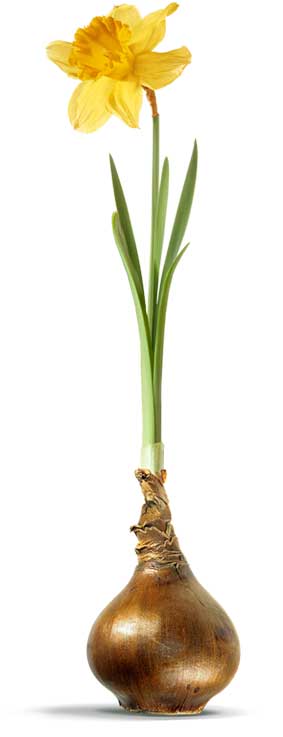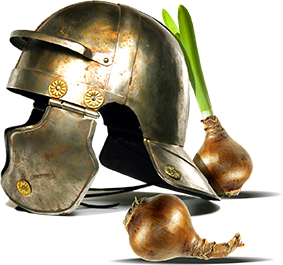Galantamine, extracted from daffodil bulbs is used for the treatment of Alzheimer's disease and other forms of cognitive decline.
Daffodils produce the compound Galantamine in their bulbs while growing underground. One variety, the Carlton daffodil, produces the highest amount of this precious botanical substance.
We are building a supply of Carlton daffodil bulbs that will allow us to make an impact on the lives of those suffering from early-stage Alzheimer's disease.
Galantamine improves the function of nerve cells in the brain. It works by preventing the breakdown of a chemical called acetylcholine. People who have dementia have lower levels of this chemical which is important for the brain to process memory, thinking and reasoning.
In a healthy person Galantamine can help protect future brain health.




